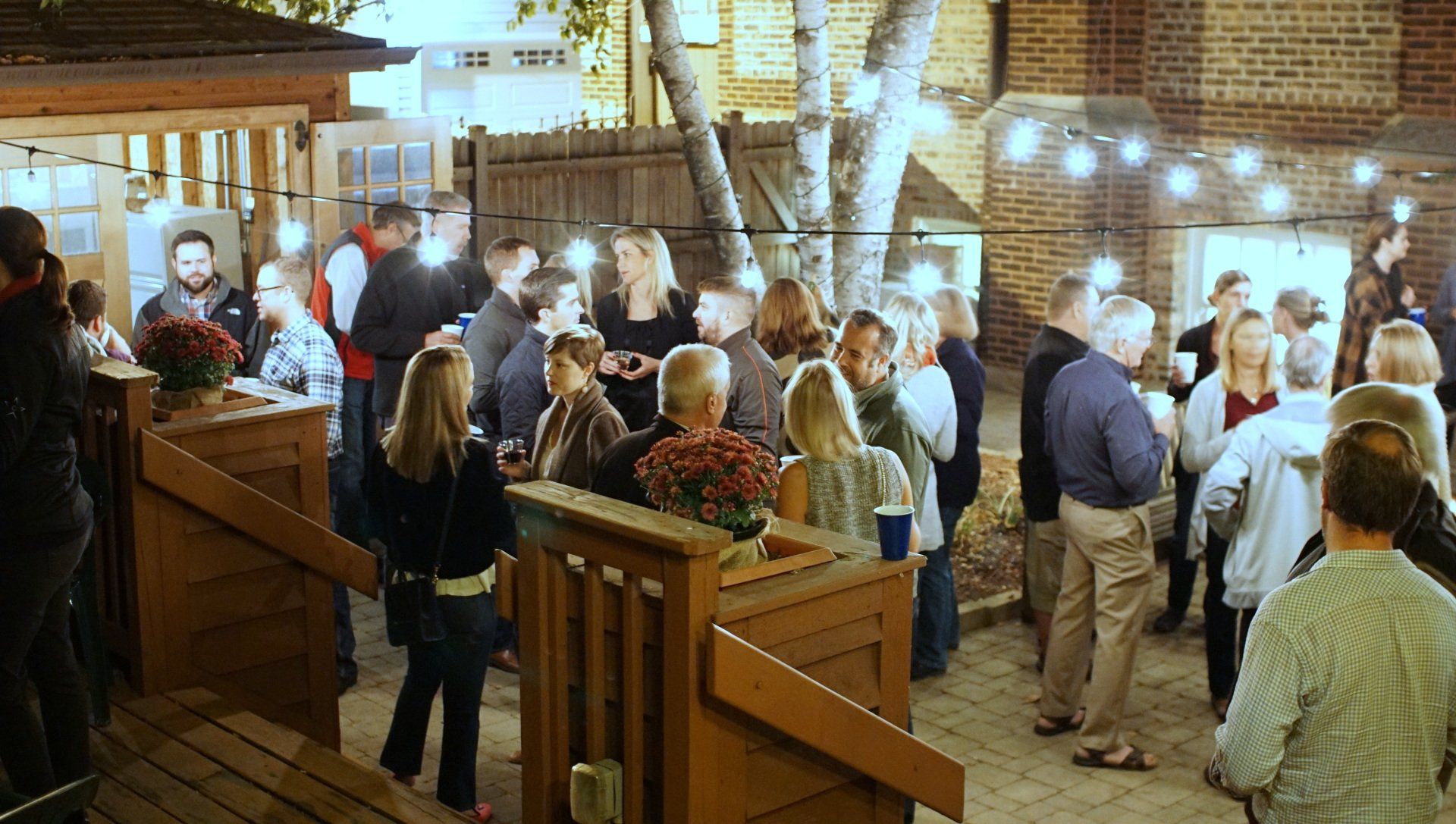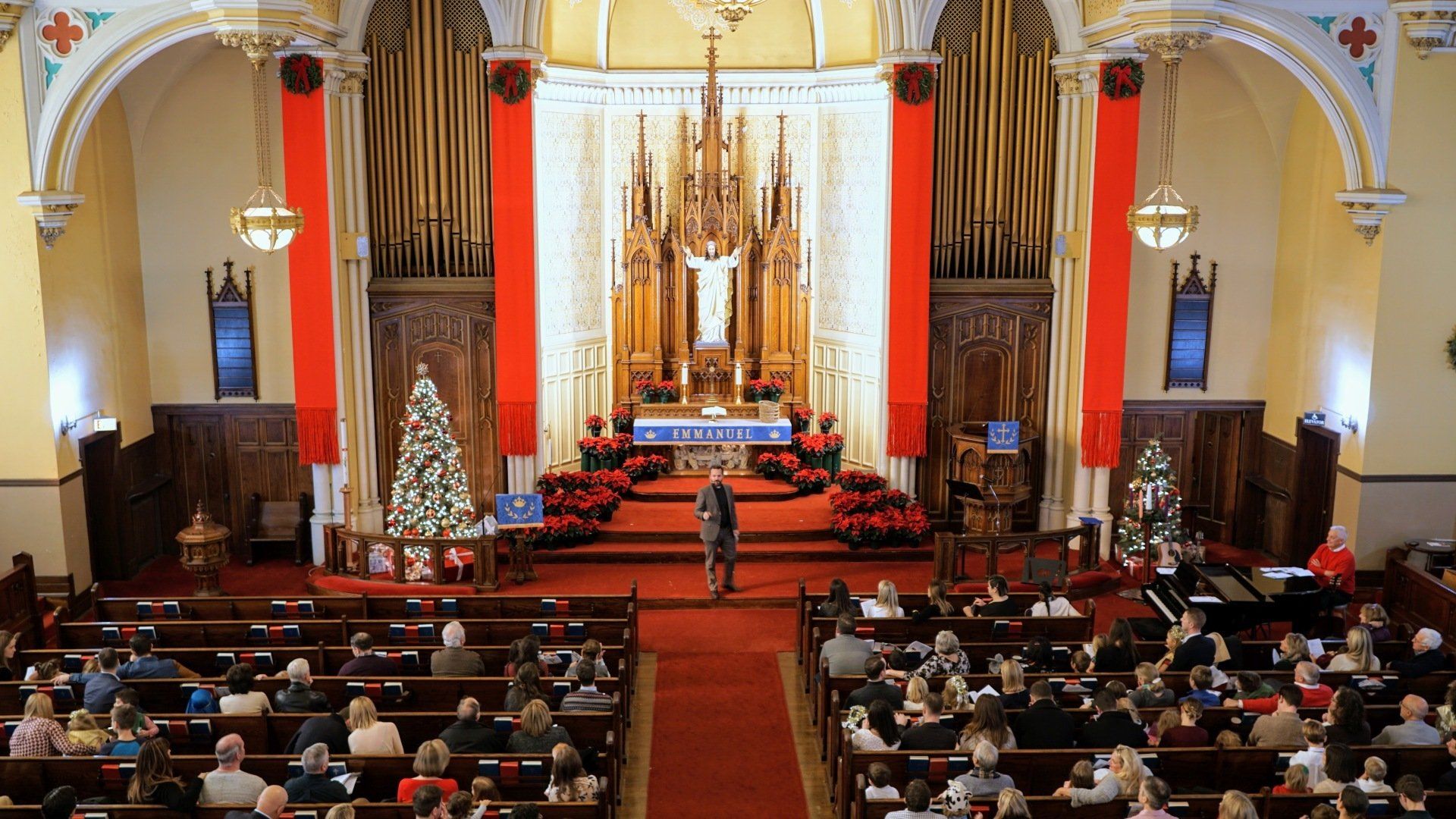THE HISTORY OF ST. JAMES
Serving Chicago with the hope, peace, and love of Christ since 1869.
Humble Beginnings
The early history of St. James Evangelical Lutheran Church is directly connected with the rapid expansion of the northern boundaries of the city of Chicago, and the immigration of large numbers of German speaking Lutherans from Europe. In 1857, a school was started by a society of German immigrants at Willow and Burling streets. At that time, the pastor of First St. Paul Lutheran Church (the first Lutheran church in Chicago) was invited to hold Wednesday evening services at the school. In 1866, the society turned over possession of the school property to First St. Paul.
First St. Paul Establishes St. James
Due to the absence of Lutheran churches in the area, the pastor of First St. Paul Lutheran Church, Rev. Heinrich Wunder, had been serving all Lutherans in the area north of the Loop.
On May 30, 1869, the North Side members of First St. Paul were given permission to explore the possibility of planting a new church north of North Avenue. On August 22, First St. Paul adopted a resolution granting these members permission to organize themselves as an independent congregation. North Avenue was fixed as the boundary between the parishes, and the section west of Larrabee and to the north of Blackhawk Street was defined as neutral territory in a sort of "no-man's land." A week later, on Sunday, August 29, 1869, the St. James Lutheran Church (originally "Die Deutsche Evangelisch-Lutherische St. Jakobi Gemeinde") was organized. A constitution, written in German, was adopted and signed by nearly thirty men, and four men were elected as trustees: Jacob Lauer, Henry Washausen, Conrad Soelke, and Carl Kemnitz. All worship services were held in German.
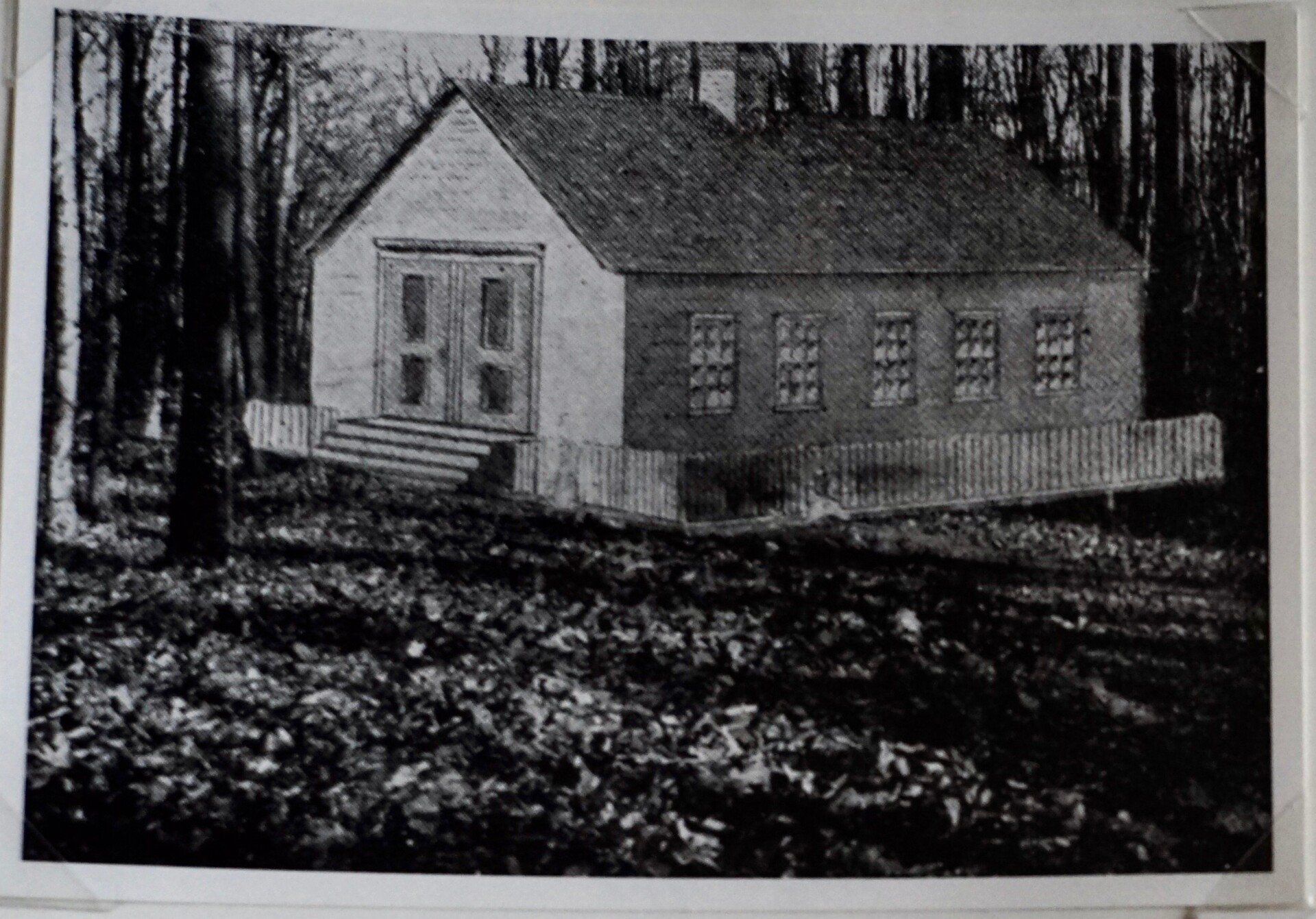
Slide title
First St. Paul's first church building (c. 1844)
Button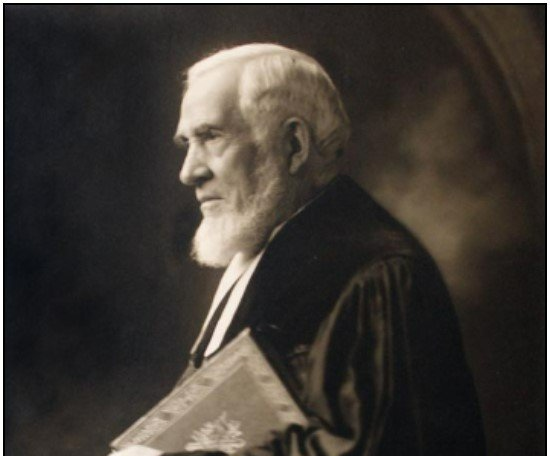
Slide title
Rev. Heinrich Wunder (pastor of First St. Paul)
Button
Our First Pastor and Church Building
St. James grew rapidly, absorbing hundreds of Lutheran immigrants. In February 1870, a call was extended to Pastor William Bartling, who was serving in Springfield, IL. He accepted the call, and was installed at St. James on May 1, 1870, the Second Sunday after Easter. Pastor Bartling has been described as, "a man of friendly disposition, and an able preacher in the pulpit, whose sermons were held in good literary style, doctrinally instructive, and popular with his hearers."
The first task to face Pastor Bartling was the building of a church. The congregation had purchased a cabbage field at Fremont and Dickens the year before, and laid the cornerstone for the building in June 1870; by November the church was completed and ready for use. The church was a frame structure measuring 50 by 85 feet with a sacristy, and featured the pulpit mounted high over the altar in the front-center of the sanctuary. Two balconies ran the length of the church, and the organ was placed over the entrance behind the congregation. The church was dedicated on the 23rd Sunday after Trinity of 1870.
The Great Chicago Fire
Then came the disastrous Great Chicago Fire of October 1871. It ravaged the city, consuming our mother church, First St. Paul, and all but two of their members' homes. St. James new building survived, but some of our members also lost their homes, along with the 17,000 other families throughout the 2000 acres of Chicago that were burned. The fire stopped just short of the original St. James Lutheran School on Willow and Burling.
As a result of the fire, the congregation of St. James engaged in their first recorded act of mission in the city as they used the church and school buildings to house, feed, and clothe refugees from the fire.
St. James Grows Rapidly
After the fire came a heavy wave of immigration from Europe to Chicago, including a large number of Germans. Our church records give us some insight into the parish growth at that time. From May 1 to December 31, 1870, Pastor Bartling baptized 172 children. In 1883, he baptized 586. In 1884, even with the release of some members to plant St. Luke Lutheran Church, 558 were baptized. In total, over 27 years of ministry at St. James, Pastor Bartling baptized over 13,000 children. In addition to baptisms, between 58 and 151 couples per year were married at St. James beginning in 1870, with a total of 2450 couples married under Pastor Bartling's ministry.
In May of 1897, after 27 years of faithful service, Pastor Bartling retired from ministry at St. James. He passed into eternal rest in March of 1898.
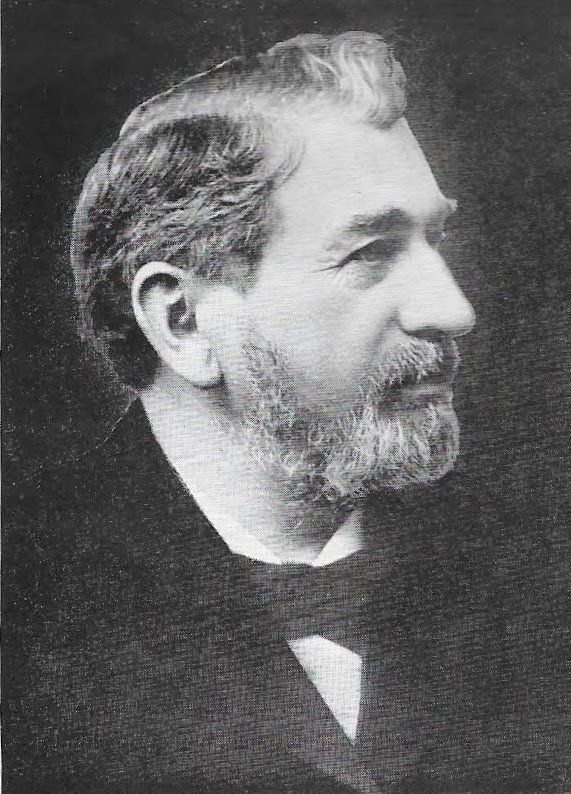
Slide title
Rev. William Bartling, first pastor of St. James
Button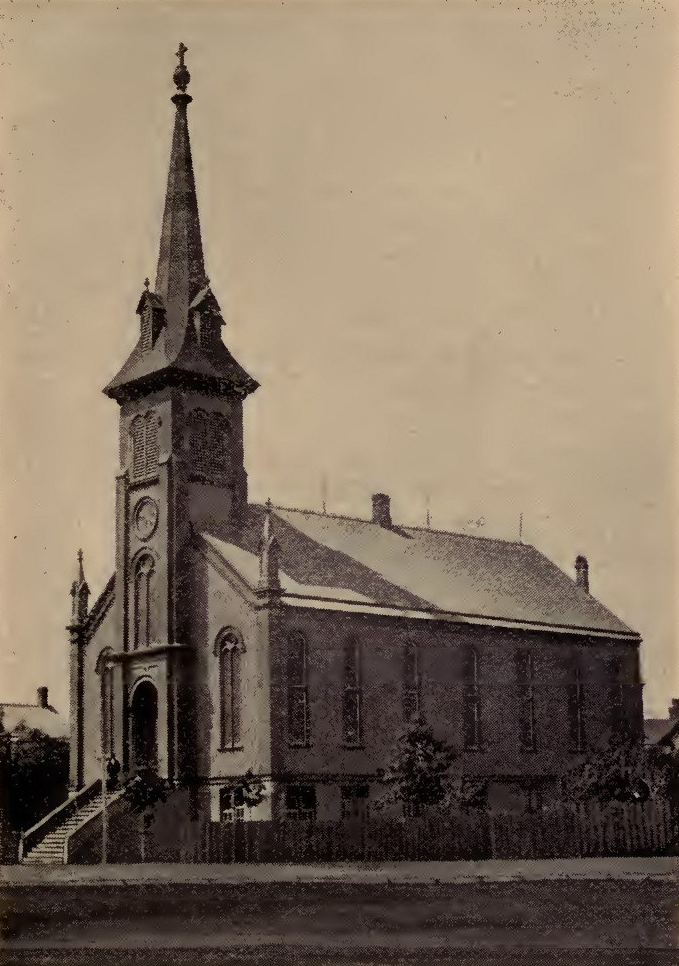
Slide title
St. James' first church building (1870-1916)
Button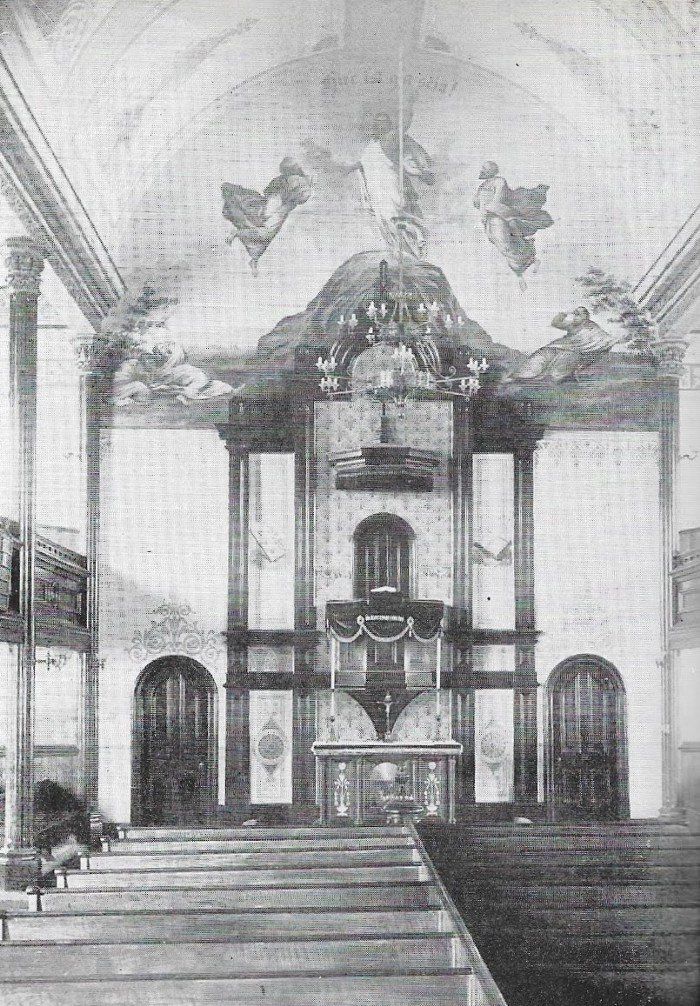
Slide title
The altar and pulpit of St. James' first church.
Button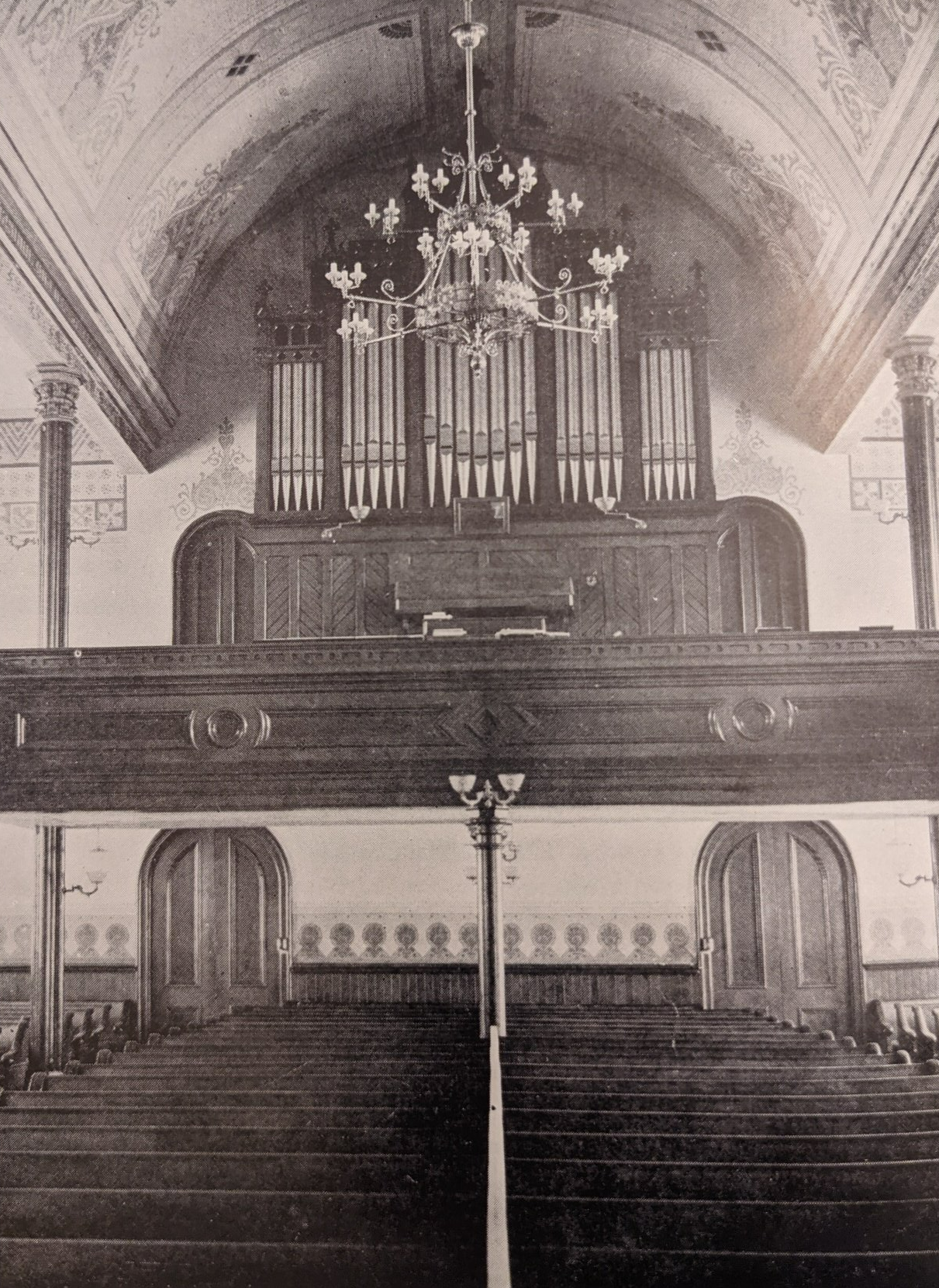
Slide title
The balcony and organ of St. James' first church
Button
A New Pastor Revitalizes St. James
In the summer of 1897, Rev. Karl Schmidt was called to serve as pastor. As the turn of the century approached, the waves of immigration from Europe had subsided, and the effect was immediately noticeable at St. James. Nevertheless, Pastor Schmidt threw himself into the task of rebuilding and rehabilitating St. James with every bit of energy and ability he possessed. His optimism and courageous spirit, his eloquence in the pulpit, his tact in the handling of depressed parishioners, his zeal and diligence in all his undertakings, brought about a change in sentiment, and the congregation began to lift its head as things took a turn for the better.
A New Church Building
By 1914, fire authorities in the city of Chicago began to insist on additional exits for the St. James church building. This would have required expensive alterations, causing the congregation to consider building a new church. By February of 1916, the plan for a new church was placed before the congregation, and approved to build. The complete church, including a two-manual pipe organ and all furnishings, was built for $85,000, and was dedicated on February 11, 1917.
Prosperity & Decline
At this point in history, the United States was experiencing unparalleled prosperity. As a result, many Chicagoans began to purchase homes in the outlying sections of the city, and the suburbs, resulting in declining attendance at St. James and other city churches.
Pastor Schmidt continued to serve St. James faithfully until his health began to decline. He resigned in the fall of 1926, and Rev. Henry C. Guebert served as Interim Pastor until a permanent pastor could be called. In 1927, Rev. Louis Seidel was called to serve St. James, taking over the pastorate in August of that year. Pastor Seidel served faithfully through a difficult period in history, despite having many health problems. He passed away on January 5, 1937 at only 58 years old.
Rev. Arthur C. Dahms was installed on November 8, 1936. He had previously served 18 years as missionary to the deaf in Illinois, Indiana, and Michigan, and was pastor of Our Savior Church of the Deaf in Chicago.
Exodus to the Suburbs
The post World War 2 era saw an exodus of people to the suburbs. This led to a decline in church membership and school enrollment. Both the church and school faithfully served the neighborhood, but struggled as the changing community introduced economic difficulties.
A Leader in Urban Ministry
In 2000, St. James embarked on an aggressive strategy to grow and repositioned itself to be a leader in urban ministry in Chicago for the 21st century. Key aspects of this strategy included expanding potential enrollment in the school via a capital campaign and building project in 2002, increasing the opportunity to serve people by expanding our staff, committing to a kingdom vision for our school that served our neighborhood rather than just the congregation and entering the vicarage program as a service to the church at large to carry a passion for urban ministry back to our seminaries. Today, we continue to grow by making the church accessible to all by adding an elevator, finishing our landscaping plan and adding community space. These improvements make it possible to fulfill our ministry of connecting people to Jesus, forming community and extending the kingdom.
A Season of Renewal
After a two-year pastoral vacancy, Rev. Dr. Joel Hess was installed as pastor in 2018. His arrival brought renewed energy and a fresh spirit of evangelization, and the congregation began to grow once again. Membership climbed to around 500 members, and St. James embraced its calling to be both rooted in Christ and engaged with the city.
Alive in Christ Campaign
With momentum building, the congregation launched the Alive in Christ: Embracing Chicago Ministry Campaign in 2019, setting a goal of $1 million (stretch goal $1.5 million). The vision was simple but bold: Alive in Christ, Embracing Chicago.
The campaign supported both ministry innovation and vital facility improvements:
New ministries like St. James Young Professionals, sponsor families for new members, and expanded small groups.
Service and outreach, including meal deliveries and care for those in need during the COVID-19 pandemic.
Capital projects such as tuckpointing, boiler replacements, sanctuary sound and lighting upgrades, playground improvements, and stained glass preservation.
Even as the pandemic forced a shift to online worship and remote learning, God used these new tools to expand St. James’ reach. The campaign not only sustained the congregation during a time of global uncertainty but also strengthened its foundation for future growth.
St. James During COVID
The COVID-19 pandemic profoundly shaped life at St. James. Worship, Bible studies, and fellowship moved online, allowing people to stay connected and even drawing in new participants from beyond Chicago. The school remained open, quickly adapting to remote and hybrid learning models, ensuring students continued to grow academically and spiritually. This season underscored the resilience of the community and the importance of St. James’ mission in uncertain times.
Building on Christ: Impacting Lives
In 2023, St. James launched its next major campaign—Building on Christ: Impacting Lives—with a goal of $2.5 million (as part of a $6 million Phase 1 plan). Rooted in Colossians 2:6–7, the campaign focuses on strengthening St. James’ capacity to serve both present and future generations.
Phase 1 highlights include:
School expansion: new classrooms for 7th & 8th grade, upgraded gymnasium with mezzanine, new secure main entrance, and central air for upper floors.
Church improvements: sanctuary restoration, pipe organ renewal, expanded narthex, enhanced sound and lighting, new nursery, and accessibility upgrades.
Community Center updates: enlarged gathering rooms, improved AV and kitchen, and expanded nursery space.
The campaign’s heartbeat is clear: “This is not about building things—it’s about building people.” With this vision, St. James is creating more space for children to learn, families to gather, neighbors to connect, and Chicagoans to experience the hope of Jesus Christ.
Looking Ahead
As St. James moves forward, the mission remains the same: to share the peace, hope, and life of Christ in Chicago. With deep gratitude for the past 150+ years and confidence in God’s promises, St. James looks ahead with courage—rooted in Christ, built on His Word, and committed to impacting lives for generations to come.
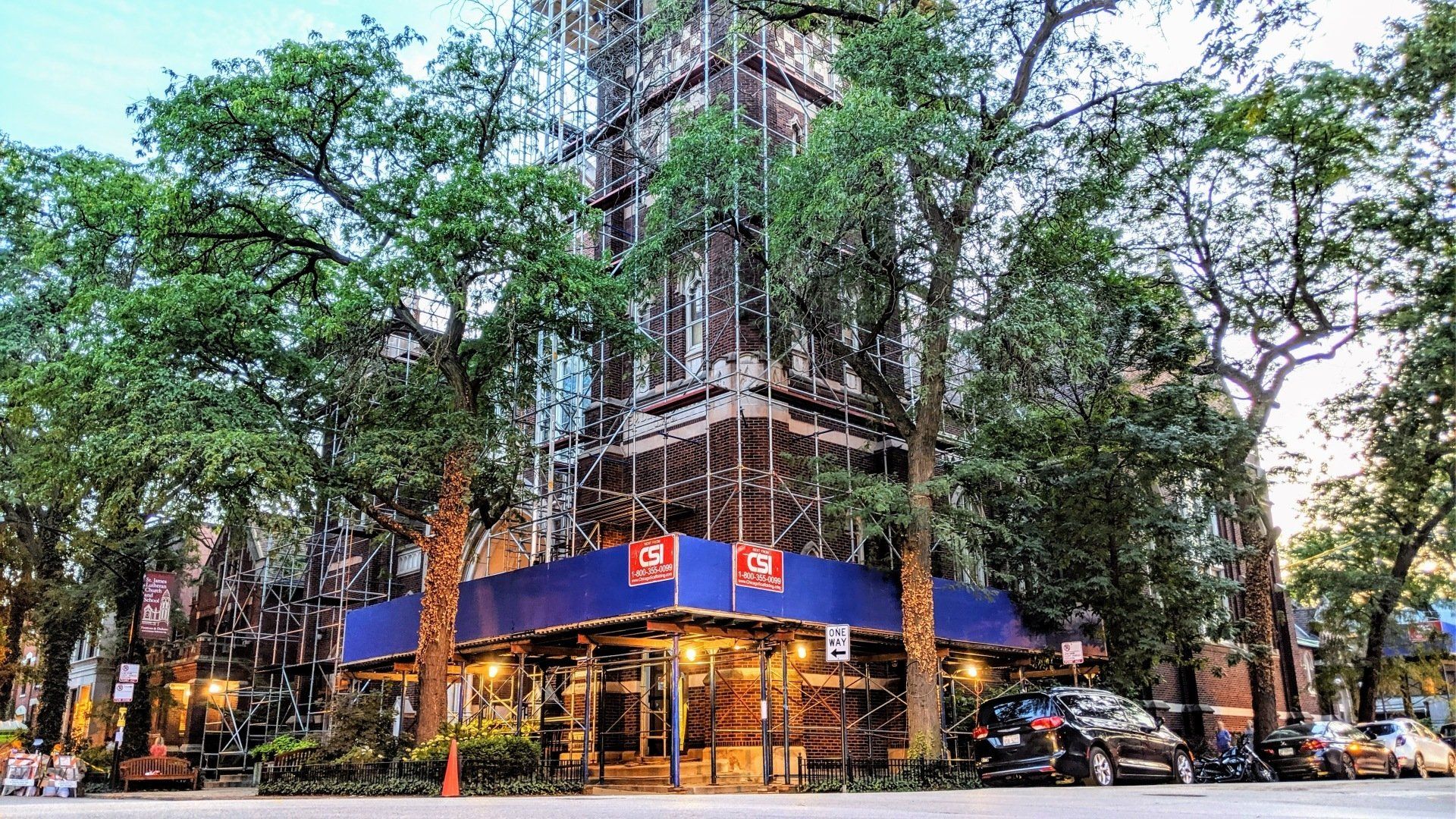
Slide title
Write your caption hereButton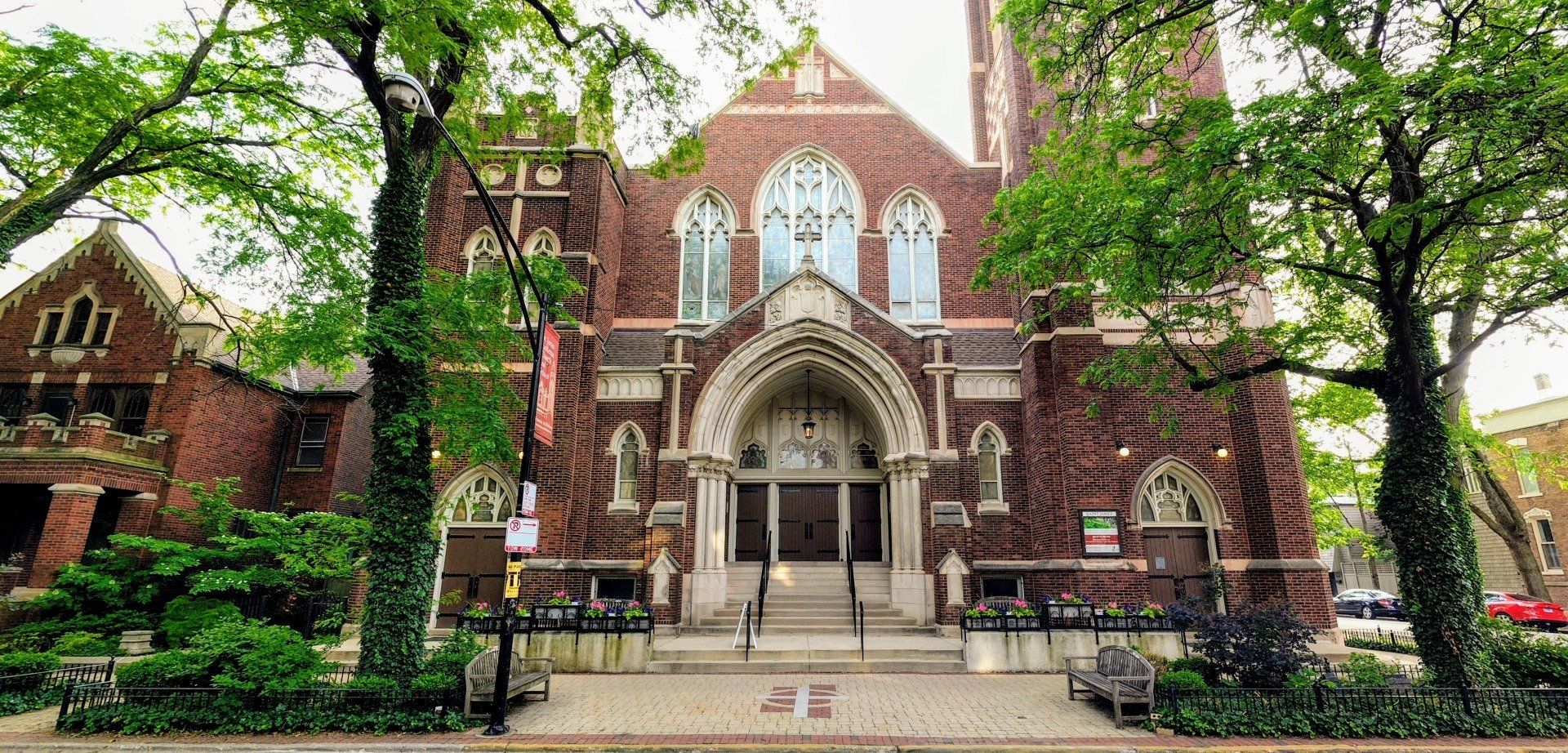
Slide title
Write your caption hereButton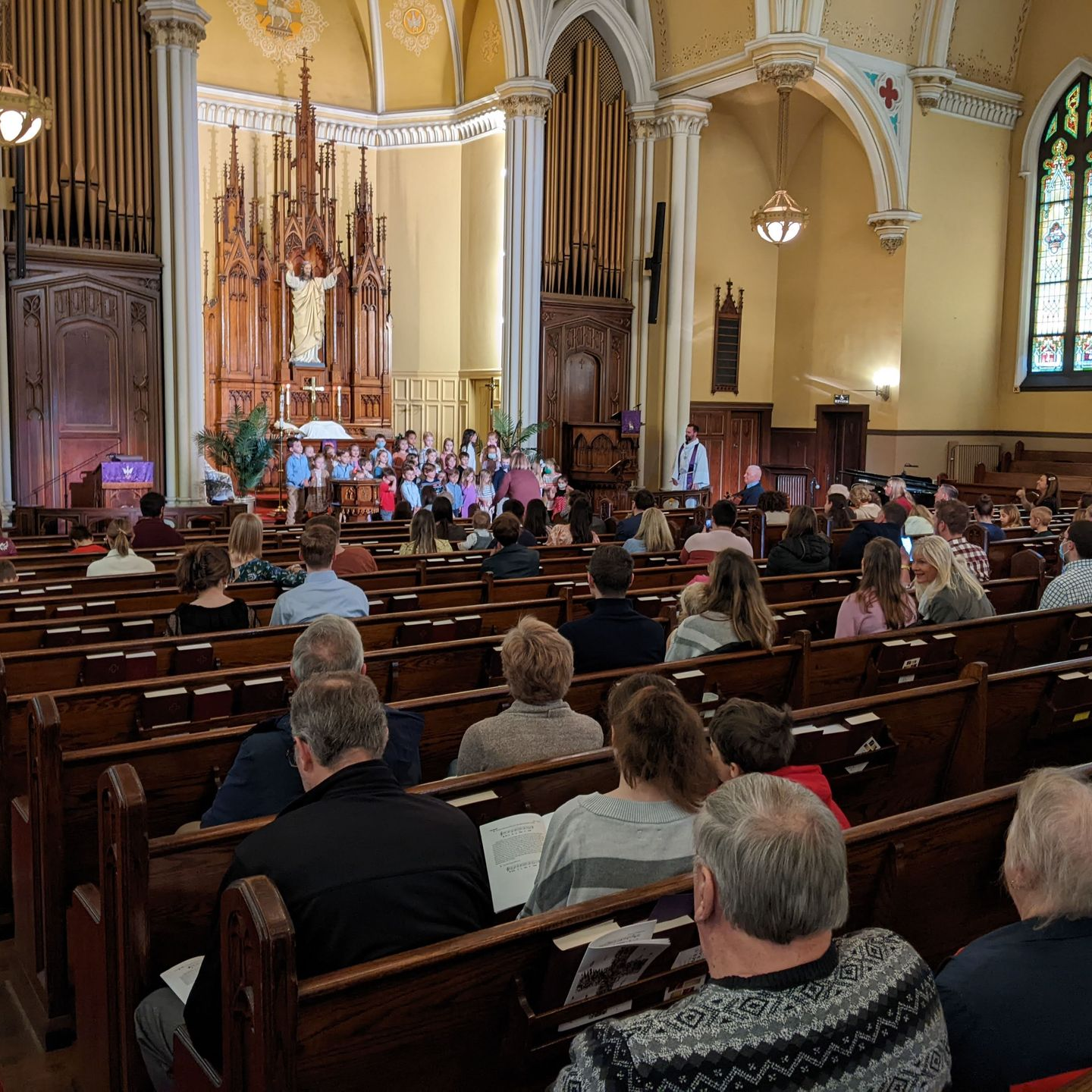
Slide title
Write your caption hereButton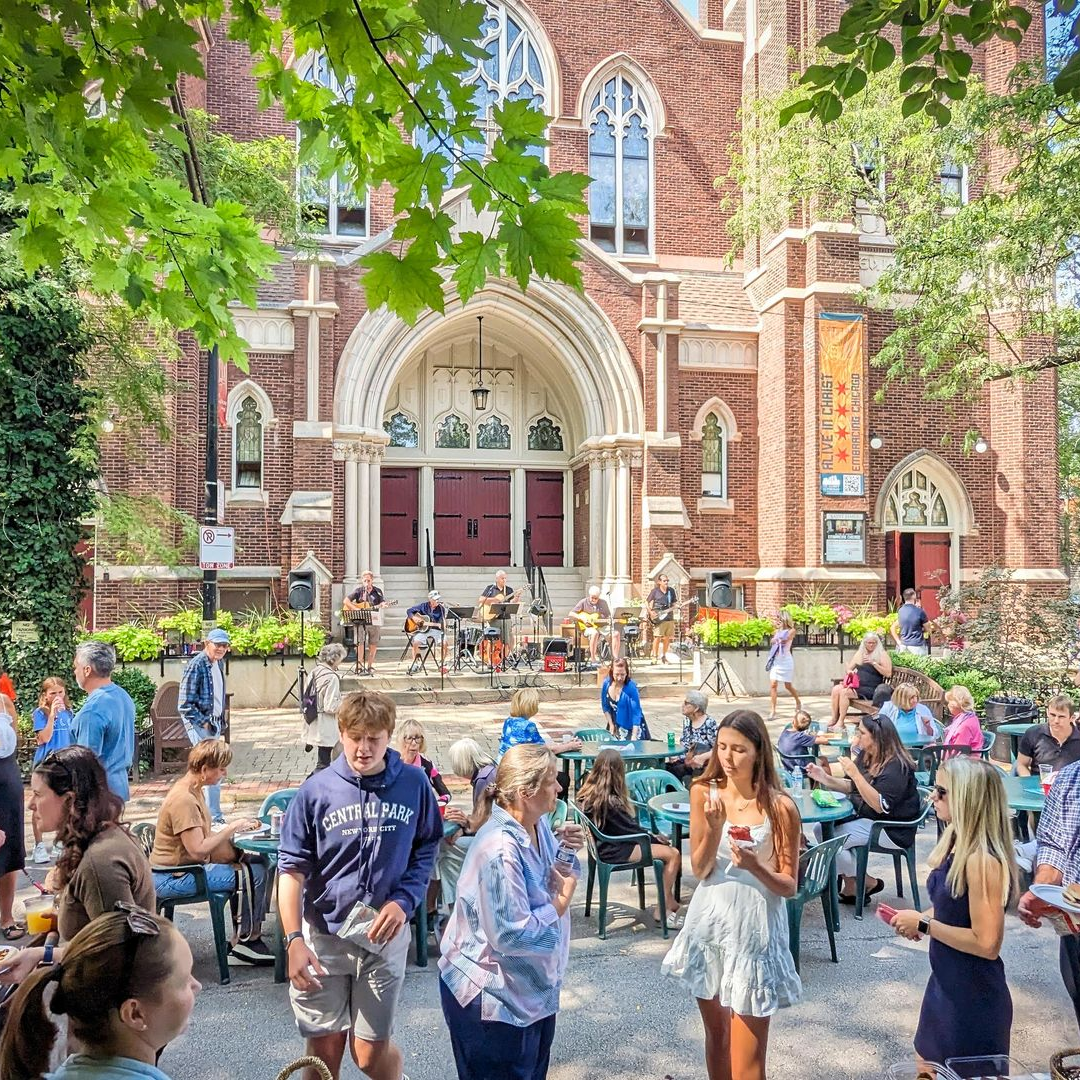
Slide title
Write your caption hereButton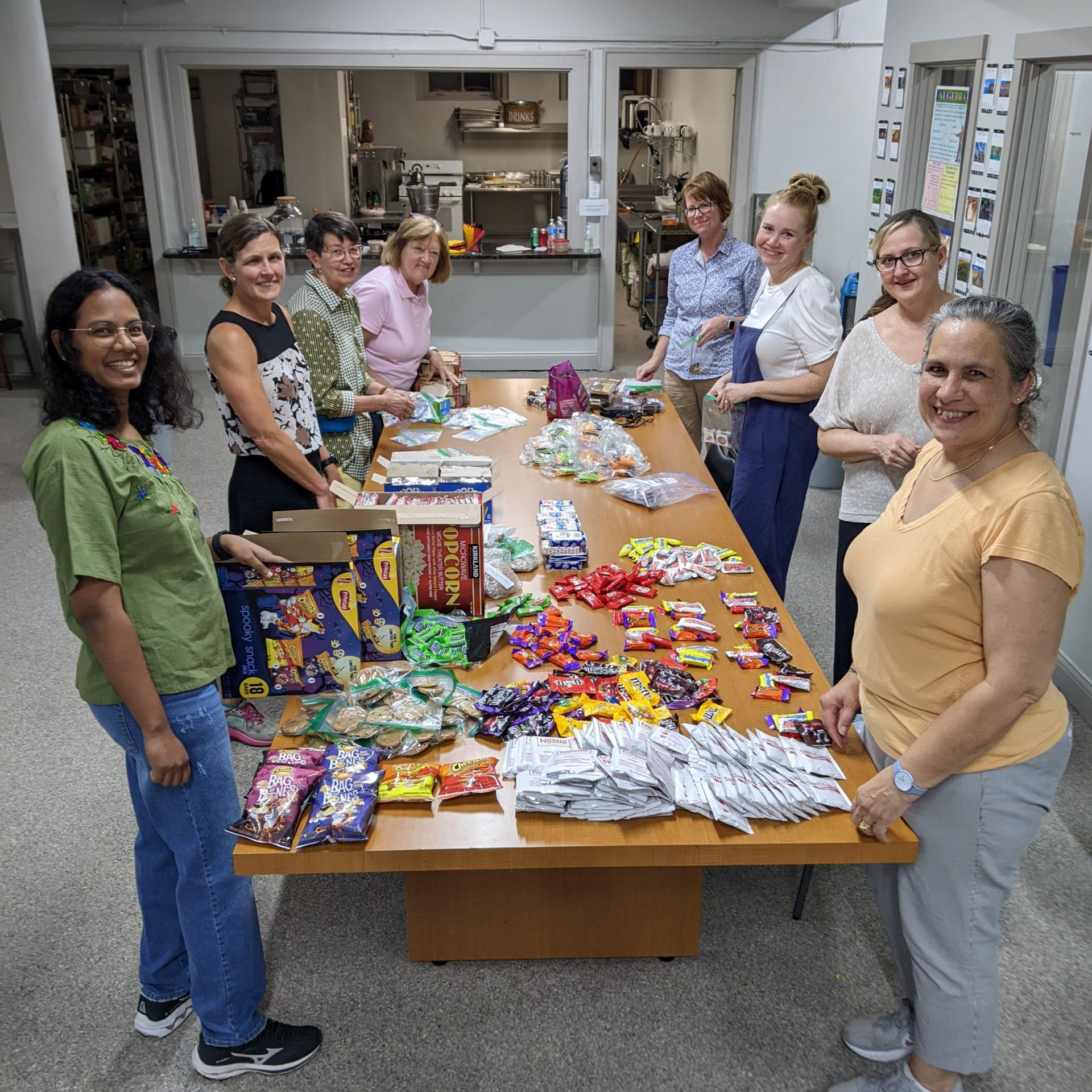
Slide title
Write your caption hereButtonSlide title
Write your caption hereButton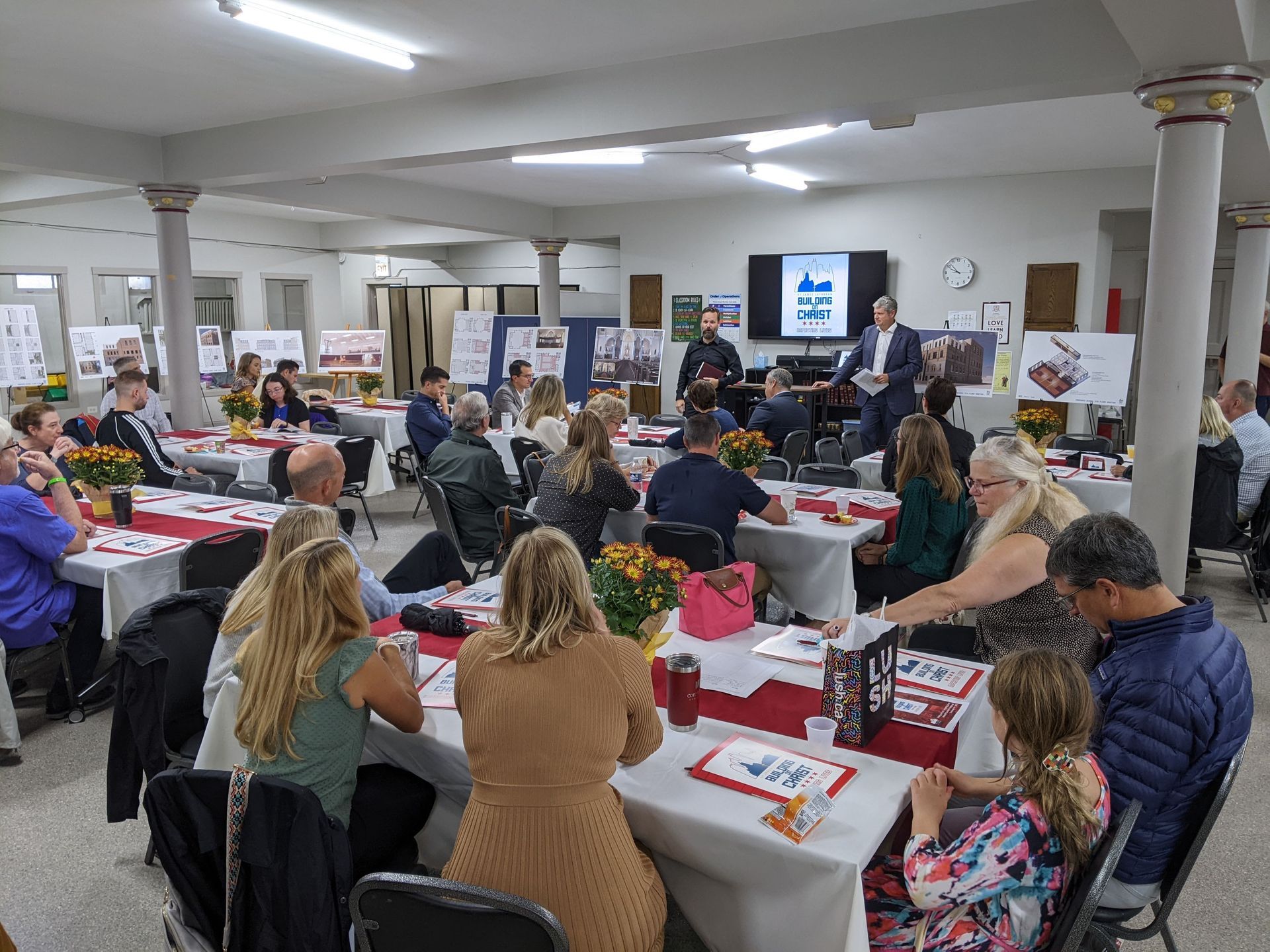
Slide title
Write your caption hereButtonSlide title
Write your caption hereButton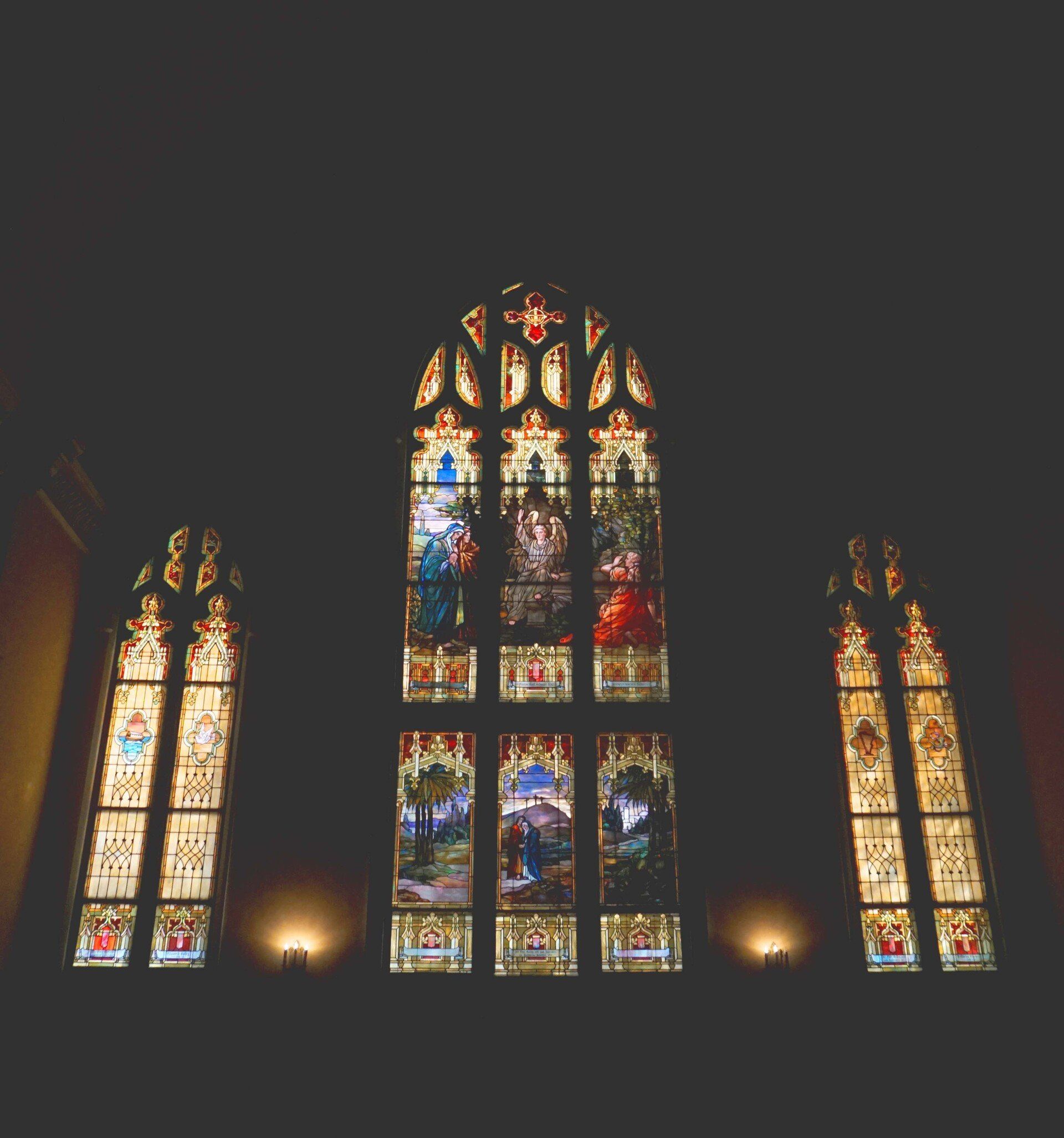
Slide title
Write your caption hereButton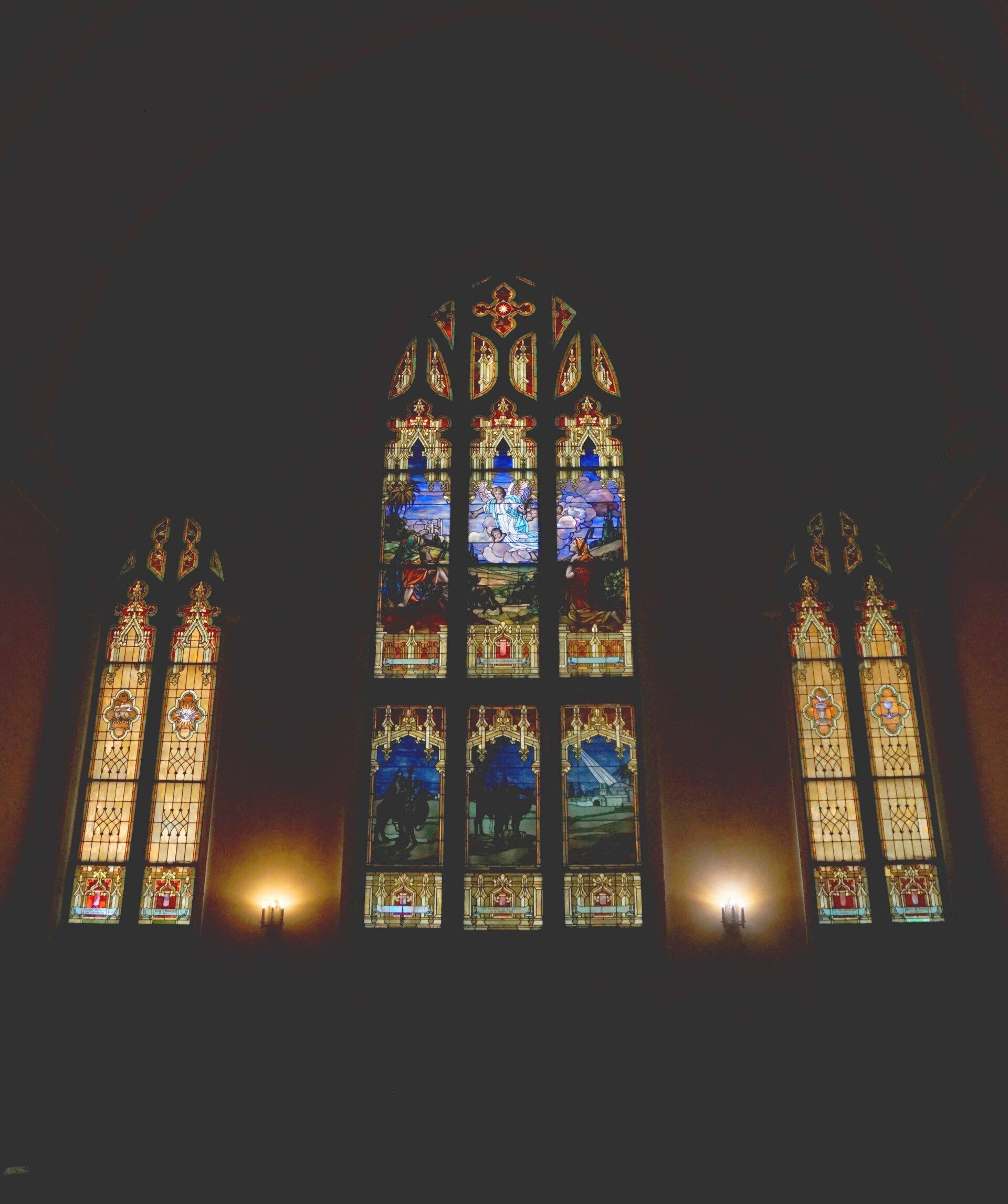
Slide title
Write your caption hereButton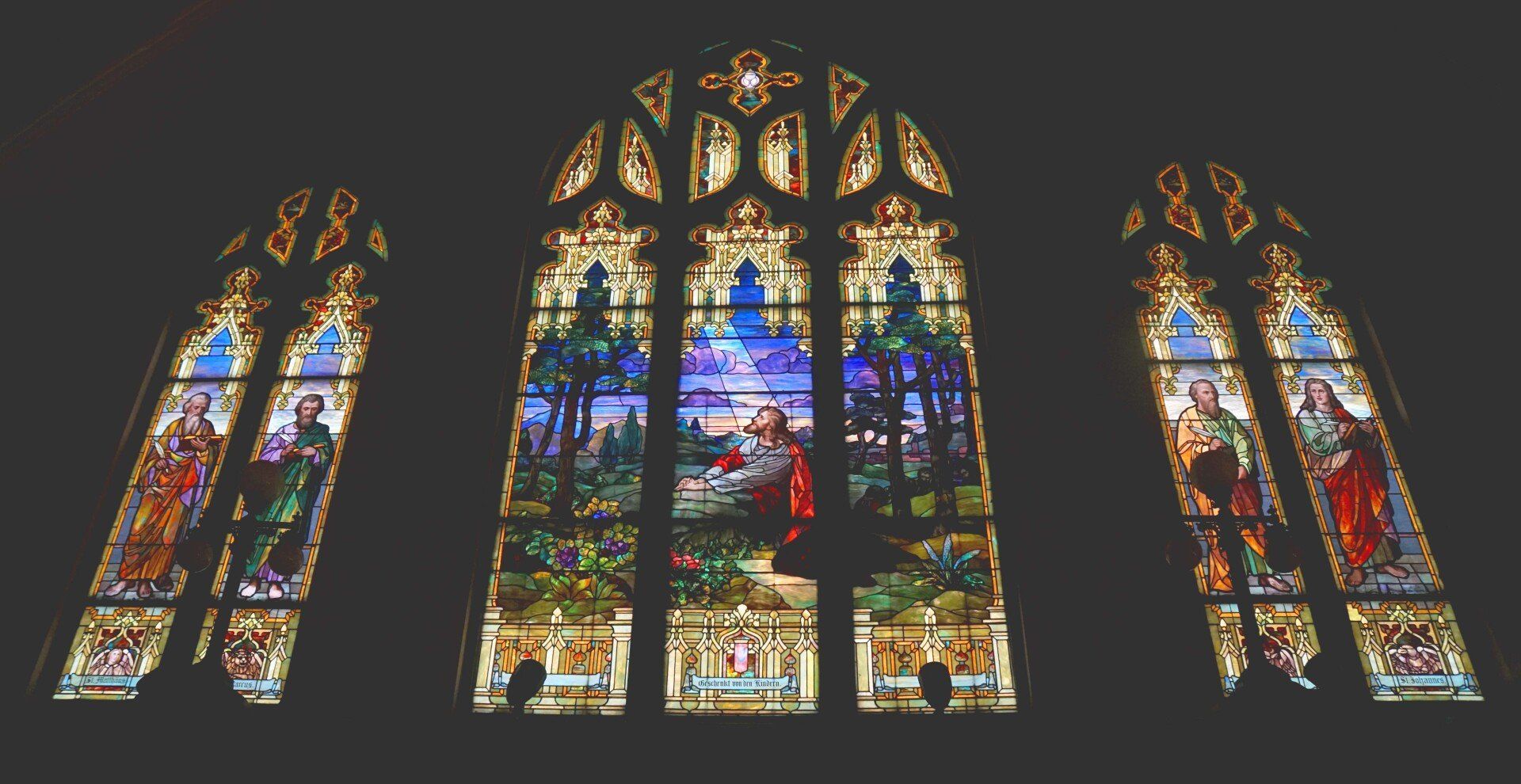
Slide title
Write your caption hereButton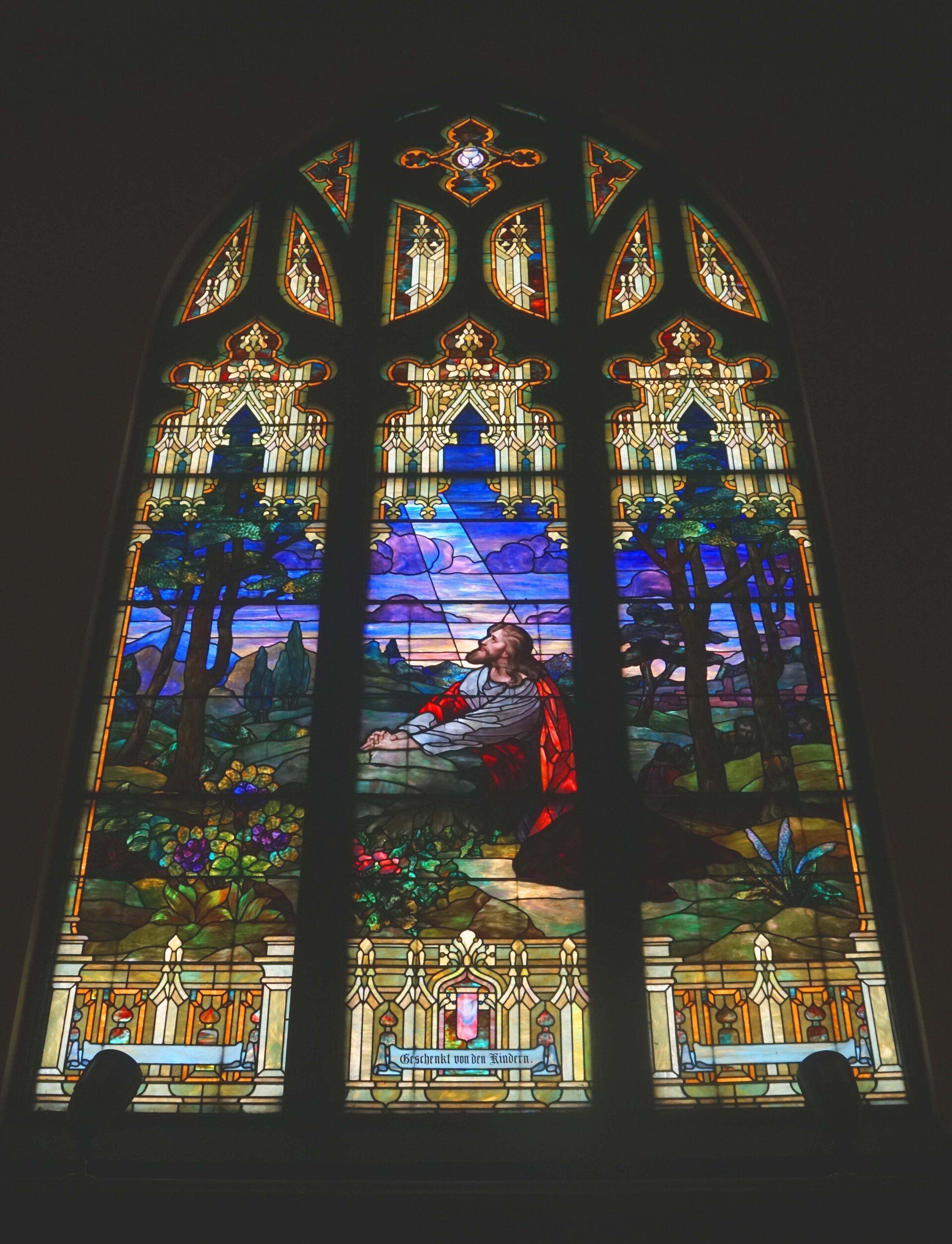
Slide title
Write your caption hereButton
